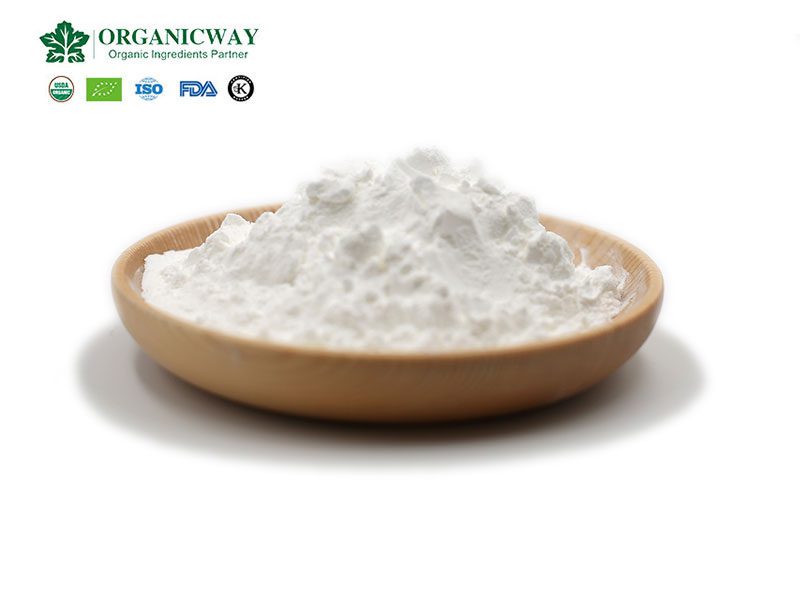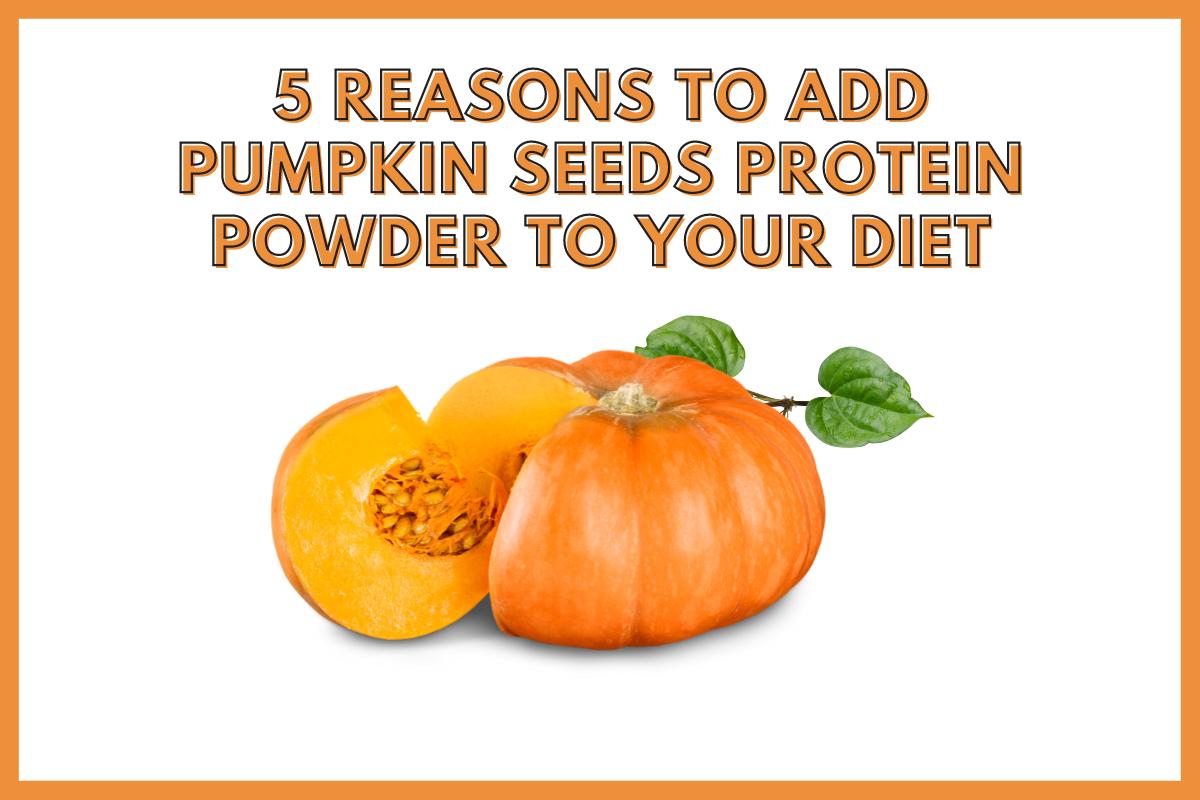Table of Contents
Starch is an important part of the food. Usually, when we chew rice, corn, and other foods, we feel sweet. This is because the salivary amylase in saliva hydrolyzes starch into disaccharides, which is also known as maltose.
Although many foods are rich in starch, those with high starch content are mainly concentrated in crops such as cereals, potatoes, and rhizomes. For example, corn contains 65% to 72% starch, and wheat contains 57% to 75% starch. The starch on the market we see is a kind of polysaccharide powder obtained by separating proteins and other substances from these crops. The color is mainly white or off-white.
Common ones are corn starch, potato starch, pea starch, and so on. The starch content, viscosity, transparency, and granularity of different foodstuffs are different. Therefore, according to the characteristics of various types of starch, we can make delicious food with different tastes.
corn starch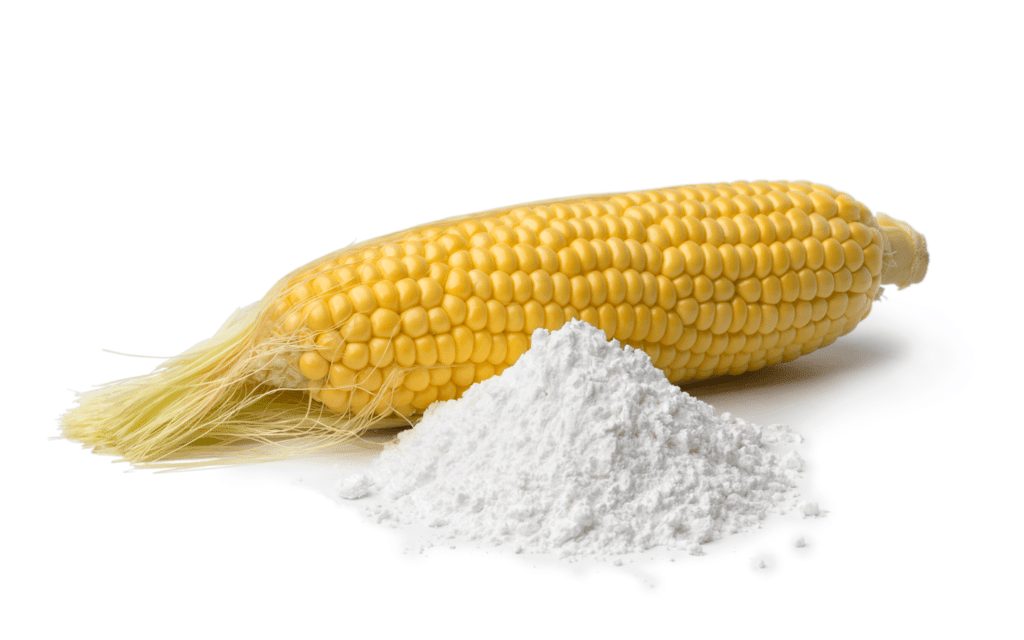
Corn starch is a white, slightly yellowish powder. It is extracted from corn kernels through complex procedures such as soaking, crushing, fine grinding, separating germ, dehydrating, and drying. It is also the starch with the largest supply on the market and the most use in home cooking.
Corn starch is actually pure starch, which has strong thickening efficiency and hygroscopicity and also has a gelling effect. There is a peculiar phenomenon in adding water to corn starch: that is, if it encounters rapid impact during the process of adding water, it will become hard and slow. The impact will be very stable. So we have to hold this feature and adjust it according to the cooking requirements.
Corn starch is often used in home kitchens to marinate meat, such as pork and beef, to soften the meat, lock the juice in the meat, and make the meat more smooth and delicious. Compared with other starches, corn starch used for thickening has obvious advantages. The juice is uniform and there is almost no sediment. The gelatin of corn starch is sometimes used when making pie fillings. In addition, cornstarch can reduce the gluten of flour, so some bakers will add cornstarch to the flour when making cakes to increase the softness of the cake.
Potato starch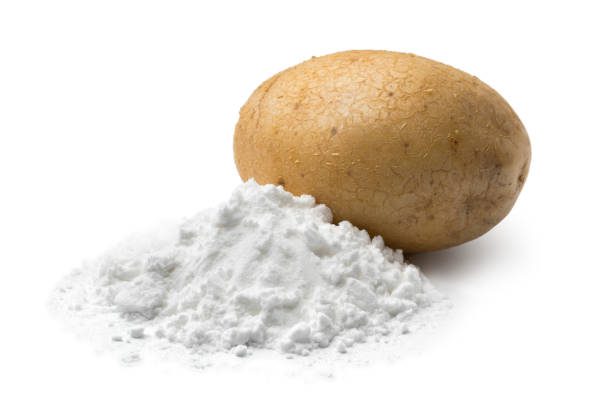
Potato starch is a white powder. It is a white powder that is dried and finely pulverized after the potatoes including potato skins are cooked together, with a distinct potato flavor. The advantages of potato starch are sufficient viscosity, good transparency and smoothness, and fine texture; the disadvantage is that it has poor water absorption and is often used for thickening.
Potato starch is also a commonly used cooking starch in the family, and it is also the most stable thickening starch. Although the sizing and paste effects are good, because potato starch will condense into a transparent viscous when heated, we must not directly heat water and mix thoroughly Or put it in hot food, it will immediately condense into lumps. The correct way is to add cold water and mix thoroughly before mixing, so as to achieve the effect of thick soup and shiny food.
It is worth noting that after the potato starch is thickened, the consistency of the soup after cooling is not as stable as corn starch, and it will become thinner. Potato starch works well in some baked goods. It can retain moisture and increase the moistness of the pastry.
Pea starch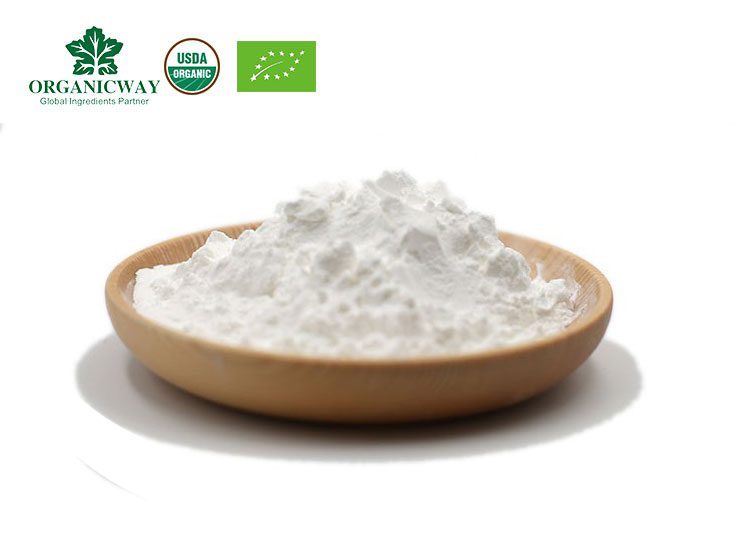
Pea starch is a white powder made by peeling, drying, and grinding peas. It is characterized by a crisp texture, a shiny texture, a high viscosity, and moderate hardness. The disadvantage is that it has low water absorption and is easy to condense into a block after being boiled, Not scattered.
